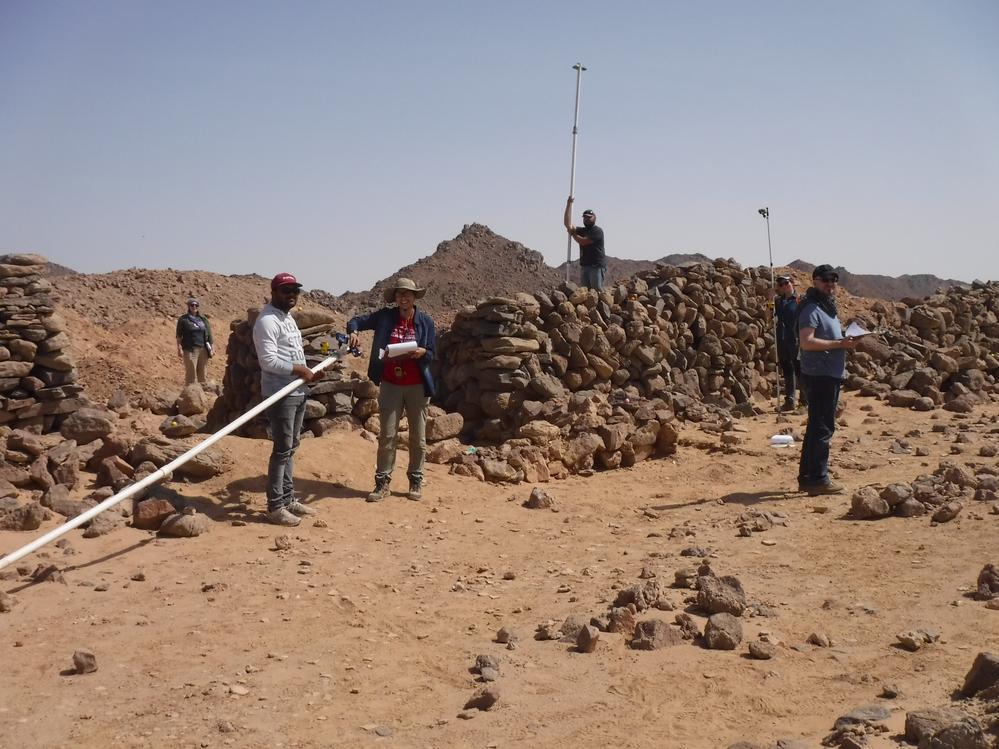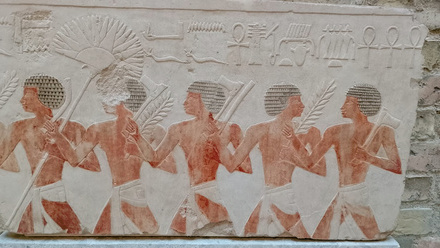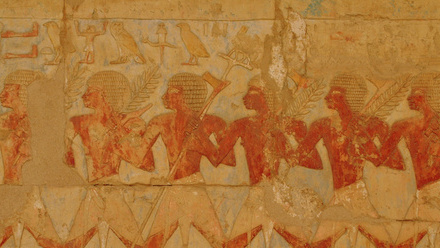The design of a space is an essential element to the organization of productive work generated by the people using that space. Deep in Egypt's Eastern Desert, we see this principle in action at the fortified settlements of Site 5 and Site 9 at Wadi el-Hudi. These settlements have often been confused with fortresses because of elements from their designs, but fortification was not its main purpose. In it, administrators oversaw the quarrying and refining of amethyst in two of Ancient Egypt’s largest and most productive mines. Hundreds of workers, soldiers, scribes, and administrators used these structures for a variety of purposes, from basic living and storage needs to the administration of work and the dedication of monuments. This talk will present results from ongoing archaeological survey and excavation of the Wadi el-Hudi Expedition in Egypt’s Eastern Desert. Focusing on Sites 5 and 9, I will examine various architectural and archaeological nuances to elicit how Egyptian officials designed their spaces to maximize amethyst production through the organization of their workforces and work spaces. These principles of organization of administration can speak to the greater importance of architecture and design as means of control and productivity.






